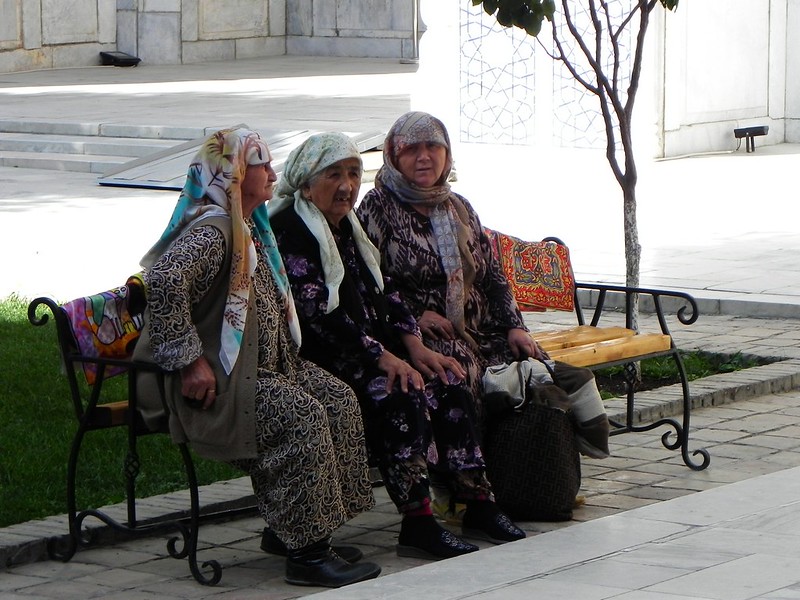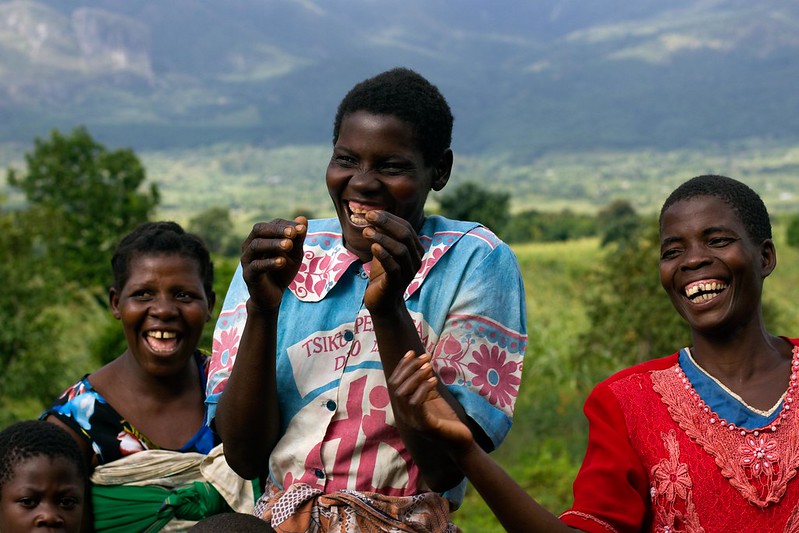 The Republic of Tajikistan – a landlocked country bordered by Kyrgyzstan, China, Afghanistan and Uzbekistan – is the smallest country in Central Asia. Although rich in natural resources, Tajikistan remains the region’s poorest country, with more than 2 million people living on less than $3.65 per day. Economic growth, driven largely by remittances, contributed to a decline in the poverty rate by around 9% in 2024, with GDP growth estimated at 8.4%. While these gains are encouraging, remittances alone cannot ensure long-term stability and ongoing efforts are necessary to improve living standards.
The Republic of Tajikistan – a landlocked country bordered by Kyrgyzstan, China, Afghanistan and Uzbekistan – is the smallest country in Central Asia. Although rich in natural resources, Tajikistan remains the region’s poorest country, with more than 2 million people living on less than $3.65 per day. Economic growth, driven largely by remittances, contributed to a decline in the poverty rate by around 9% in 2024, with GDP growth estimated at 8.4%. While these gains are encouraging, remittances alone cannot ensure long-term stability and ongoing efforts are necessary to improve living standards.
Remittances and Poverty in Tajikistan
Remittances—monetary transfers made by migrants working abroad—play a central role in Tajikistan’s economy. In 2024, remittances accounted for nearly half of the country’s GDP, with most funds sent by Tajik citizens working in Russia. These transfers help cover essential needs and drive domestic consumption. Tajikistan experienced an economic growth rate that averaged above 7% over the last decade, reducing the number of people living in poverty from 32% of the population in 2009 to around 9% in 2024. While estimates from 2023 suggested that more than 20% of Tajiks were still living in poverty, the decline in 2024 was particularly stark.
Although remittances have been effective in reducing poverty by bolstering private consumption and imports. The country’s reliance on economic success in other nations leaves its fragile economy vulnerable to disturbances and crises. As a result, endurable systemic changes within the country are critical to ensuring improved conditions for those experiencing poverty in Tajikistan.
Sustainable Development Strategies
In its National Development Strategy, the Government of Tajikistan set a goal to double or triple domestic incomes between 2016 and 2030; however, reaching this target will require a changed economic growth model centered around a dynamic private sector. Tajikistan maintains strong potential for economic growth due to a younger, growing population and the country’s potential for success in profitable sectors, such as agriculture, food processing, water, hydropower and tourism. In addition, the country is abundant in valuable natural resources and minerals like petroleum and natural gas, aluminum, gold, silver and limestone. The Tajik Aluminium Company (TALCO), one of Central Asia’s largest producers, is a major contributor to the national economy.
Despite this, weak institutions and limited business infrastructure continue to hinder growth. Labor force utilization remains the lowest in the region at just 44%, suggesting that many citizens are underemployed or unable to access productive jobs. To address these challenges, investments in education, transportation and digital infrastructure are key. Improving access to finance, strengthening energy sector efficiency and promoting inclusive economic competition can also support job creation and long-term poverty alleviation.
Looking Ahead
For 2025, the World Bank projects 6.5% GDP growth and an 8.2% decline in the poverty rate. While these numbers are promising, rising global uncertainty poses risks to economic improvement in the region. Officials can potentially expedite reforms in the private and public sectors to support job growth and remedy longstanding poverty in Tajikistan. Strengthening institutions, improving economic resilience and expanding access to opportunity could help ensure that recent gains in poverty reduction are not only maintained but expanded.
– Erin Hellhake
Erin s based in Old Bridge, NJ, USA and focuses on Global Health and Politics for The Borgen Project.
Photo: Flickr


 Pakistan faces significant economic challenges, with a substantial portion of its population living in poverty.
Pakistan faces significant economic challenges, with a substantial portion of its population living in poverty.
 India has transformed from a minor player to a formidable economic force in the global market over seven decades. The country’s trade journey reflects resilience, strategic foresight and transformative policy shifts. Starting with a modest trade volume in 1950, foreign trade in India has surged to about
India has transformed from a minor player to a formidable economic force in the global market over seven decades. The country’s trade journey reflects resilience, strategic foresight and transformative policy shifts. Starting with a modest trade volume in 1950, foreign trade in India has surged to about  Italian Prime Minister Georgia Meloni announced the Mattei Plan during the Italy-Africa summit in 2024—a billion-dollar investment initiative aimed at transforming Italy’s foreign aid policy, generating significant profits for Italy and effecting real change in Africa. The Mattei Plan aims to reduce immigration by improving living conditions in the countries from which many immigrants originate and by curbing the spread of radical Islamism in sub-Saharan Africa. The pilot project will launch in nine countries:
Italian Prime Minister Georgia Meloni announced the Mattei Plan during the Italy-Africa summit in 2024—a billion-dollar investment initiative aimed at transforming Italy’s foreign aid policy, generating significant profits for Italy and effecting real change in Africa. The Mattei Plan aims to reduce immigration by improving living conditions in the countries from which many immigrants originate and by curbing the spread of radical Islamism in sub-Saharan Africa. The pilot project will launch in nine countries: 
